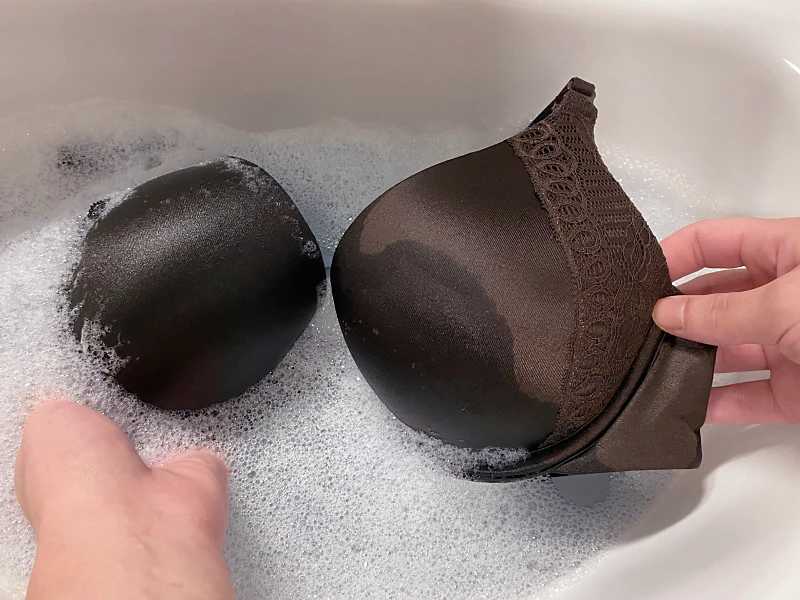Are you in need of a material that will stand up to the pressures of extreme temperatures? If so, you are not alone – many industries and projects require heat-resistant materials. From automotive apparatuses to construction sites and even furniture manufacturing, having access to dependable heat-resistant materials is essential for success.
In this blog post, we will explore key features of heat-resistant materials as well as common applications for their use. Read on to learn more about these temperature-tolerant substances!
Table of Contents
High-Temperature Tolerance and Durability
Heat-resistant materials have become increasingly important in industries where high-temperature tolerance and durability are crucial. These materials exhibit a unique set of features that make them stand out from traditional materials.
For instance, they maintain excellent mechanical properties even in extreme thermal conditions. They also have high thermal stability, which prevents them from melting, deforming, or breaking down at high temperatures.
These materials have a diverse range of applications, including aerospace, automotive, and energy industries. Aerospace engineers use heat-resistant materials in aircraft engines to withstand the high temperatures of jet fuel combustion.
Similarly, automotive engineers use these materials in engine components and exhaust systems. Heat-resistant materials are also used in power generation equipment, such as gas turbines, to improve performance and reduce maintenance costs. Overall, heat resistant materials are essential for ensuring the safe and efficient operation of equipment at high temperatures.
Thermal Insulation Properties
Thermal insulation properties play a significant role in material selection for applications that require the management of heat flow. Heat-resistant materials are designed to minimize energy waste and protect systems from damage caused by high temperatures.
These materials can withstand extreme heat and provide reliable insulation, reducing heat transfer and controlling energy consumption. They are used in various industries, including aerospace, automotive, construction, and energy.
Key features of heat-resistant materials include excellent thermal conductivity, high melting points, high porosity, and resistance to thermal shock. With advancements in technology, materials science has made significant progress in developing new and innovative heat-resistant materials, making them more accessible and cost-effective.
As global demand for eco-friendly, energy-efficient solutions increases, the application of thermal insulation properties in materials is becoming increasingly essential.
Chemical and Corrosion Resistance
As industries continue to evolve, heat-resistant materials have become increasingly important due to their superior chemical and corrosion resistance. These high-performance materials are designed for harsh environments where exposure to extreme temperatures, chemicals, and corrosive agents is a common occurrence.
From the aerospace industry to manufacturing plants, heat-resistant materials play a critical role in improving safety and increasing efficiency. They provide unmatched protection for components and equipment that are vital to daily operations, delivering a cost-effective solution for long-lasting performance.
With a wide range of materials available, it’s important to consider the specific requirements for each application to choose the right heat-resistant material.
Applications in Aerospace and Automotive Industries
The aerospace and automotive industries have come a long way in terms of technological advancements. One key area of focus has been on the development of materials that can withstand high temperatures.
These materials are vital for spacecraft and aircraft which experience extreme heat during takeoff and re-entry. The heat can cause damage to the aircraft and even risk the safety of the crew on board.
Heat-resistant materials have also become increasingly important in the automotive industry where engines and other components can reach high temperatures.
These materials have many key features such as low thermal conductivity, creep resistance, and durability, making them ideal for use in extreme environments. They have found a variety of applications including in manufacturing components, engines and turbines, heat shields, and exhaust systems.
The development of heat-resistant materials has revolutionized the aerospace and automotive industries, enabling them to operate with greater efficiency and safety.
Materials Comparison and Selection Factors
In industries such as aerospace, automotive, and construction, heat-resistant materials are a crucial component for ensuring durability and safety. The selection of the right heat-resistant material is dependent upon several key factors such as temperature resistance, strength, weight, and cost-effectiveness.
High-temperature applications require materials that can withstand extreme conditions without losing integrity or degrading. For instance, ceramics and superalloys are popular choices for applications that require high-temperature resistance.
Additionally, composites made from carbon fibers or graphite offer excellent heat resistance at a relatively lower weight compared to pure metallic alloys. So, selecting the appropriate heat-resistant material requires a comprehensive understanding of its features and application requirements that align with the desired functionality and budget constraints.
Conclusion
In conclusion, heat-resistant materials are materials that can safely withstand thermal stress and temperatures up to 1000° C and higher. These materials have a variety of key features and offer many benefits for specialized applications within the aerospace and automotive industries. Through understanding the main properties such as high-temperature tolerance, thermal insulation, chemical resistance, and corrosion resistance; it is possible to successfully identify and compare various options available for successful material selection. With this knowledge in hand, engineers have the ability to identify which heat-resistant material is best suited for their next project.












